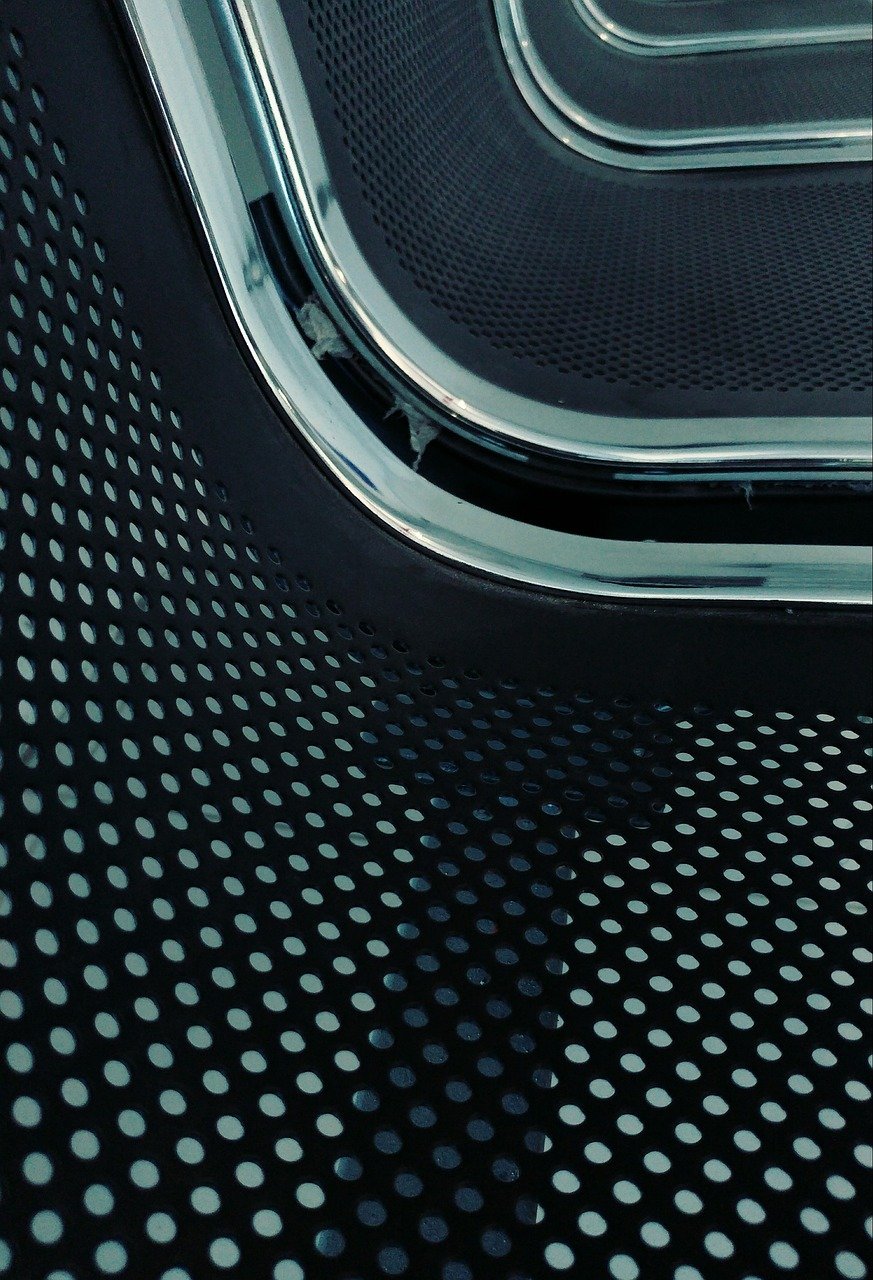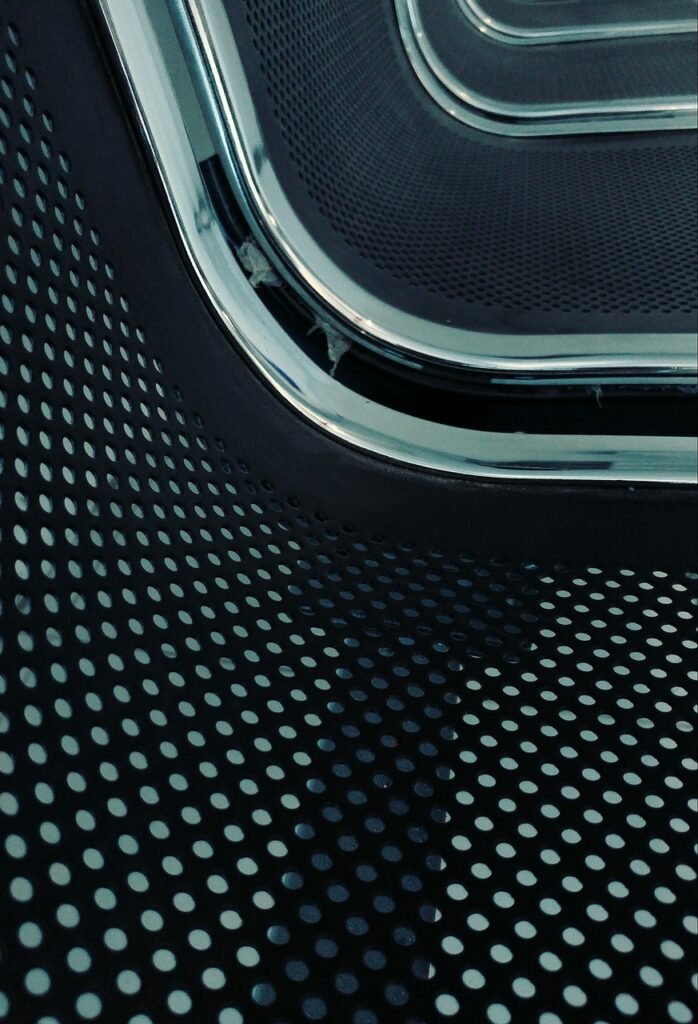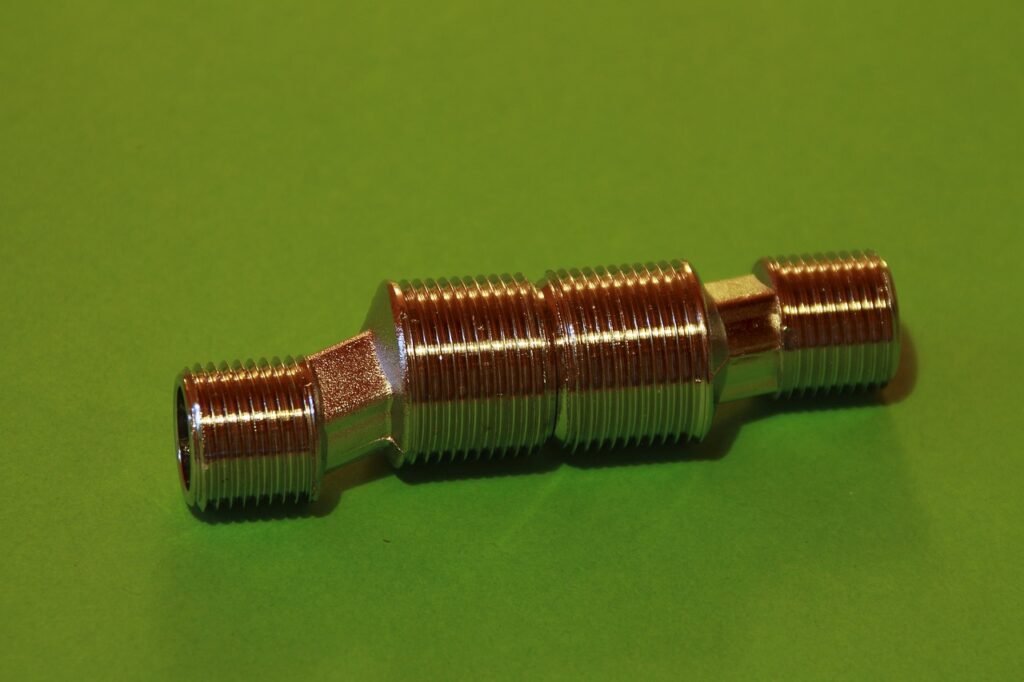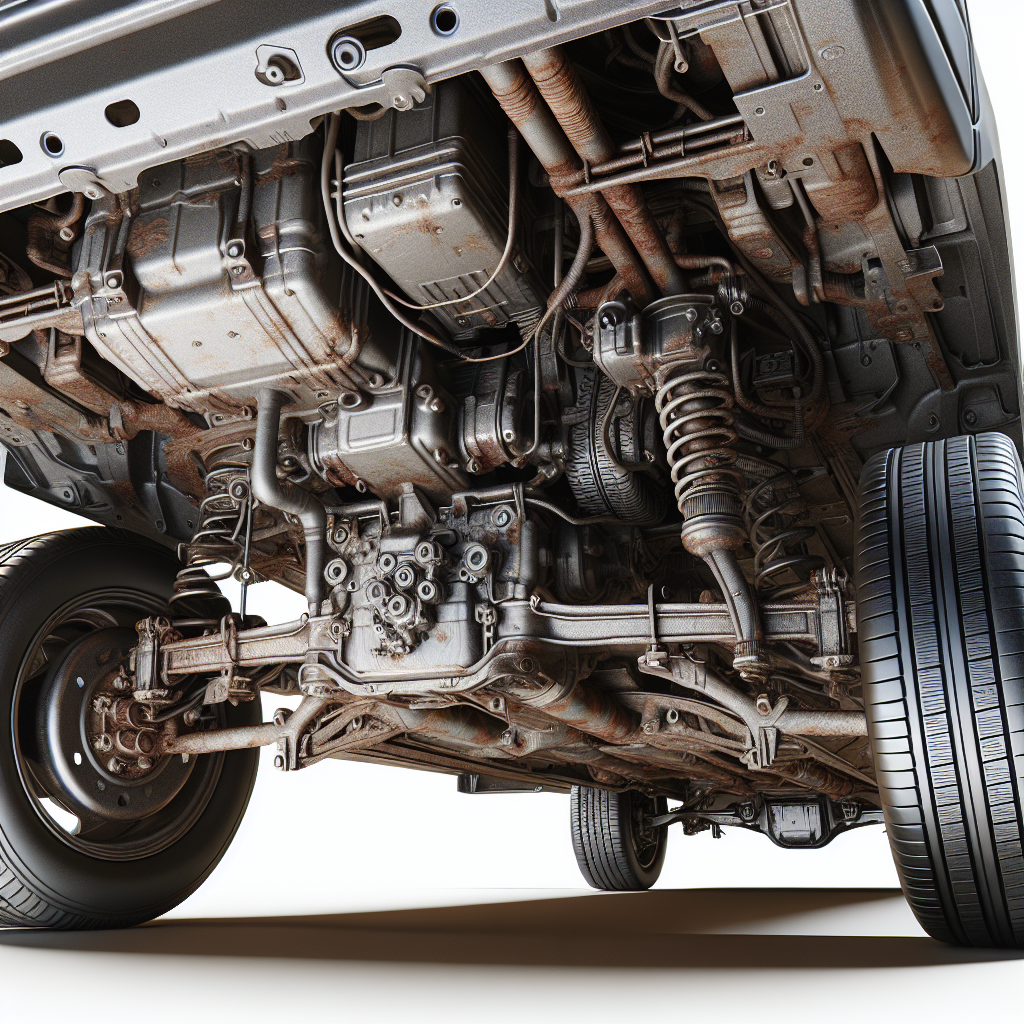
Imagine hitting the open road, the feeling of freedom as you accelerate down the highway. For many of you, your car is more than just a vehicle – it’s a trusted companion on countless adventures. However, lurking beneath the surface, a silent adversary called undercarriage rust could be jeopardizing your journeys. The article “Undercarriage Rust: A Guide to Detection and Prevention” offers invaluable insights into spotting early signs of rust and damage on your vehicle’s underbelly, ensuring that you maintain its integrity and safety. Arm yourself with knowledge and keep your car in tip-top condition for all the miles yet to come.
Understanding Undercarriage Rust
The Basics of Rust and Corrosion
To get a handle on undercarriage rust, let’s talk about what rust is—it’s the result of a chemical reaction between iron, oxygen, and moisture. When the metal on your car’s undercarriage is exposed to water and air, it starts to corrode. This isn’t just a cosmetic issue; it can seriously hurt the structural integrity of your vehicle if it’s not addressed.
Common Areas for Undercarriage Rust
Your car’s undercarriage has some spots more prone to rust than others. These include the exhaust system, wheel wells, frame rails, and suspension components. They are continually exposed to the elements, making them susceptible to corrosion.
Factors Contributing to Undercarriage Rust
The enemies of your car’s undercarriage are many. They include road salt, used to melt snow and ice, which can accelerate corrosion. Mud and moisture holding debris against the metal can also be harmful, along with driving on wet or salt-treated roads. All of these can contribute to a faster rusting process.
Early Detection of Undercarriage Rust
Visual Inspection Tips
When it comes to rust, catching it early can save you a lot of trouble. You can do a simple visual inspection by looking for any signs of rust or bubbling paint on the undercarriage. This will often signal that rust is taking hold.
Symptoms and Signs of Undercarriage Rust
Watch out for symptoms like unusual noises, which can be caused by components weakened by rust, or a flaky or powdery orange substance that’s a dead giveaway. These signs mean it’s time to take action.
Tools for Detecting Rust
Besides your eyes, use a flashlight for better visibility. A screwdriver can help you gently probe suspect areas to check for soft spots—a sign that rust has eaten through the metal.

This image is property of pixabay.com.
Assessing the Degree of Rust Damage
Surface Rust Versus Penetrating Rust
Remember, not all rust is the same. Surface rust is usually just on the top layer and can often be treated easily. But penetrating rust goes deeper and damages the metal. It’s more serious and needs more attention.
Evaluating Structural Integrity
You’ll want to check how deep the rust goes to know if your car’s structure is compromised. If it’s deep, it may mean certain parts are weakened and might need replacement.
When to Seek Professional Assessment
If you’re not sure about the severity of the rust or your car’s safety, it’s best to turn to a professional. They can provide a thorough assessment and guide you on the best course of action.
Preventive Measures for Undercarriage Rust
Regular Maintenance and Cleaning
One of the best ways to prevent rust is to keep your car clean, especially after driving through salt or muddy conditions. A regular wash will help remove corrosive substances.
Protective Coatings and Sealants
Invest in protective coatings and sealants for an extra layer of defense. They can help keep moisture and chemicals from getting to the metal parts.
Avoiding Rust-Inducing Conditions
Wherever possible, try to avoid conditions that can cause rust. This might mean parking indoors to keep your car dry or avoiding driving through salty slush after a winter storm.

This image is property of pixabay.com.
DIY Rust Treatment Options
Chemical Rust Removers
These products can effectively remove surface rust. They’re usually applied, left to sit for a bit, and then wiped or rinsed away, taking the rust with them.
Mechanical Rust Removal Techniques
If you’re not shy about putting in some elbow grease, mechanical methods like sanding or grinding can get rid of rust. Just be sure to wear protective gear and work carefully to avoid damaging unaffected areas.
Converting Rust: Using Rust Encapsulators
Rust converters are a kind of chemical treatment that changes rust into a paintable surface. It’s a good option if you can’t remove all of the rust mechanically.
Professional Rust Treatment and Removal
Choosing a Reliable Service Provider
When looking for a professional to treat your car’s rust, make sure to choose someone with experience and good reviews. They should be able to walk you through their treatment options and give you a clear idea of the costs involved.
The Sandblasting Process
Sandblasting is a common professional rust removal method. It involves blasting away rust with fine particles at high pressure. It’s very effective but usually done in a shop by professionals.
Electrolysis Method for Rust Removal
Electrolysis is a less common but highly effective professional rust removal method. It uses electrical current to remove rust without harming the original metal. It’s more specialized and can be on the pricey side.

This image is property of pixabay.com.
Repairing Rust-Induced Damage
Welding in New Metal
When rust has caused significant damage, sometimes the best fix is to cut out the corroded parts and weld in new metal. This is a durable repair but requires skilled labor.
Fiberglass Repairs for Minor Damage
For smaller areas or non-structural parts, fiberglass can be used to patch things up. It’s a less expensive option and can be done by those with some DIY skills.
When to Replace Versus Repair
Sometimes, it’s more economical and safer to replace a part entirely rather than attempt a repair. Consider things like the cost of the part, the extent of the damage, and the role it plays in your vehicle’s safety.
Cost Considerations for Rust Prevention and Treatment
DIY Versus Professional Costs
In general, doing it yourself will be more budget-friendly but weigh the savings against the quality and durability of professional work, and your own ability to perform the repairs safely and effectively.
Long-Term Savings with Preventative Measures
Spending a little on rust prevention can save a lot down the road. Regular maintenance and treating small rust spots early can prevent much more expensive repairs later.
Budgeting for Undercarriage Maintenance
Like all car maintenance, it’s smart to set aside a budget for undercarriage care. Include regular washes and inspections, and maybe even a professional undercoating. It’s an investment in your vehicle’s longevity.

The Role of Weather and Environment in Rust Formation
Salt and Winter Driving
Road salt is one of the biggest culprits behind rust. If you live in an area with harsh winters, take extra care to clean your car regularly and consider additional protective measures.
Humidity and Coastal Regions
Coastal living might be great for your soul, but it’s tough on your car. The salty, humid air can accelerate rust, so more frequent maintenance is essential.
Mitigating Environmental Risks
Understand what your car’s undercarriage is up against and take steps to mitigate those risks. A little foresight can go a long way in keeping rust at bay.
A Seasonal Guide to Undercarriage Care
Spring and Summer Maintenance
Come springtime, wash away any remaining road salt and inspect for damage. It’s also a great time to apply a fresh protective coating before summer road trips.
Preparing for Fall and Winter Conditions
As the weather cools, prepare your car for more challenging conditions. Make sure any protective coatings are intact and consider additional precautions if you know your area salts its roads in winter.
Year-Round Checks and Balances
Rust doesn’t take a break, so neither should you. Regular cleaning and inspections are key. Stay vigilant, and your car will thank you with years of reliable service.

